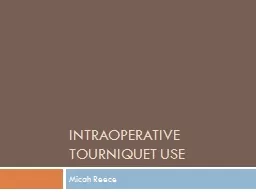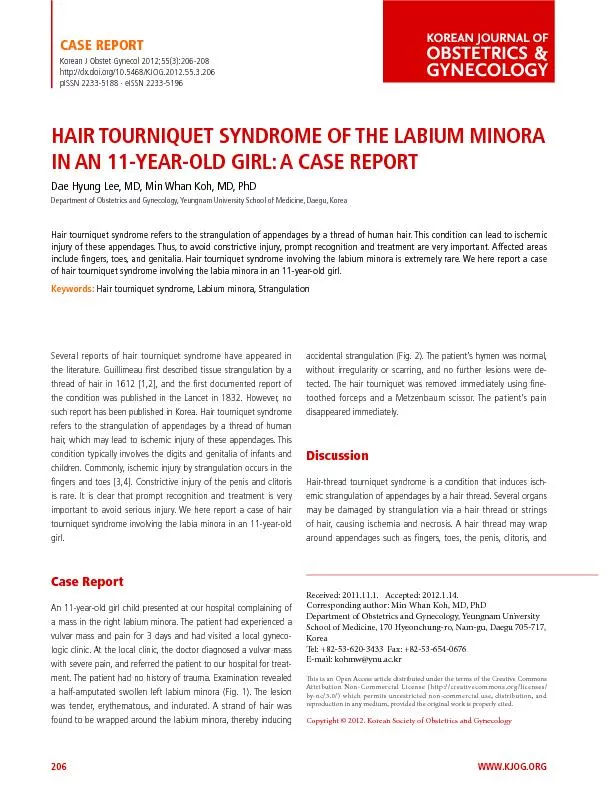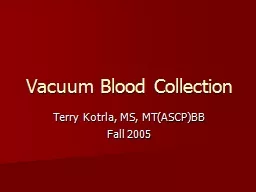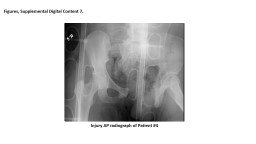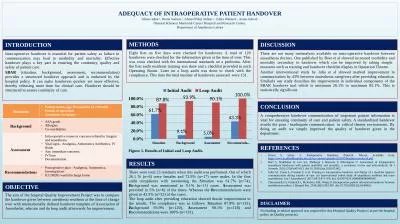PPT-Intraoperative Tourniquet Use
Author : briana-ranney | Published Date : 2017-01-19
Micah Reece A caveat As weve learned pneumatic tourniquets play an important role in regionalBier blocks but such use is outside the scope of this paper as the assigned
Presentation Embed Code
Download Presentation
Download Presentation The PPT/PDF document "Intraoperative Tourniquet Use" is the property of its rightful owner. Permission is granted to download and print the materials on this website for personal, non-commercial use only, and to display it on your personal computer provided you do not modify the materials and that you retain all copyright notices contained in the materials. By downloading content from our website, you accept the terms of this agreement.
Intraoperative Tourniquet Use: Transcript
Download Rules Of Document
"Intraoperative Tourniquet Use"The content belongs to its owner. You may download and print it for personal use, without modification, and keep all copyright notices. By downloading, you agree to these terms.
Related Documents

